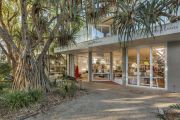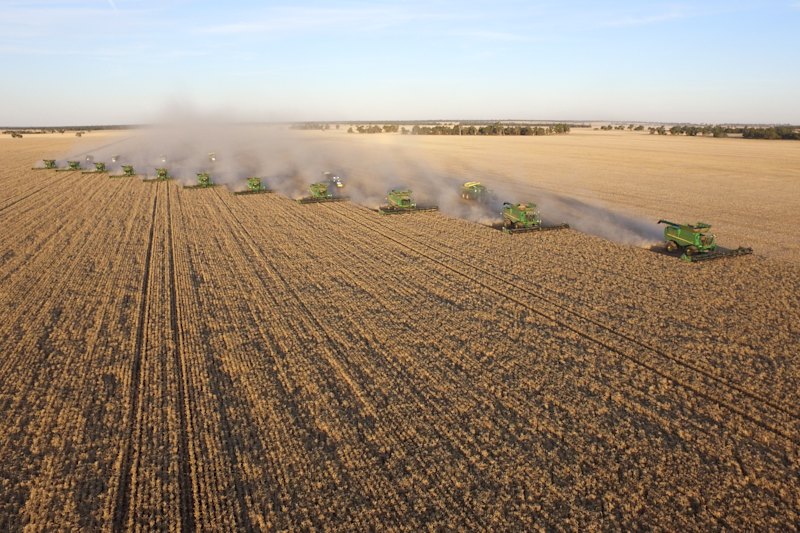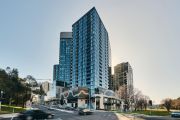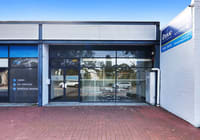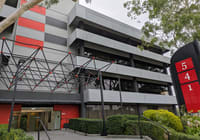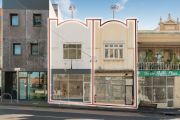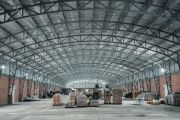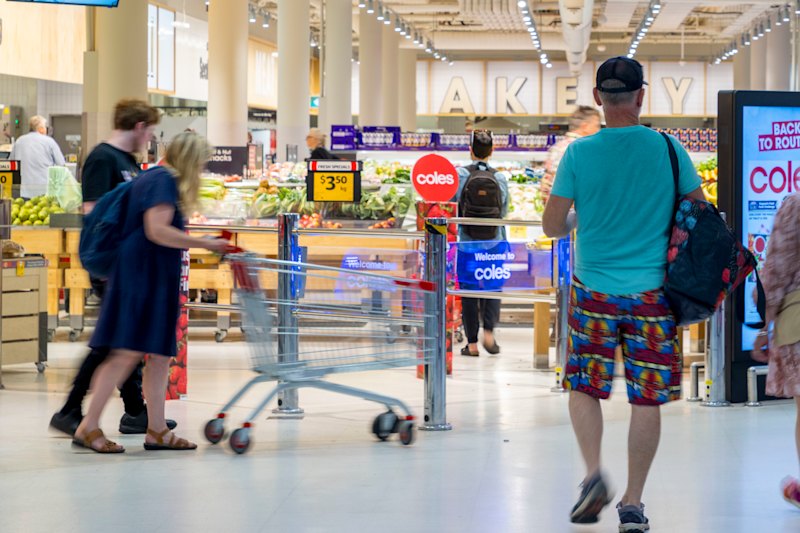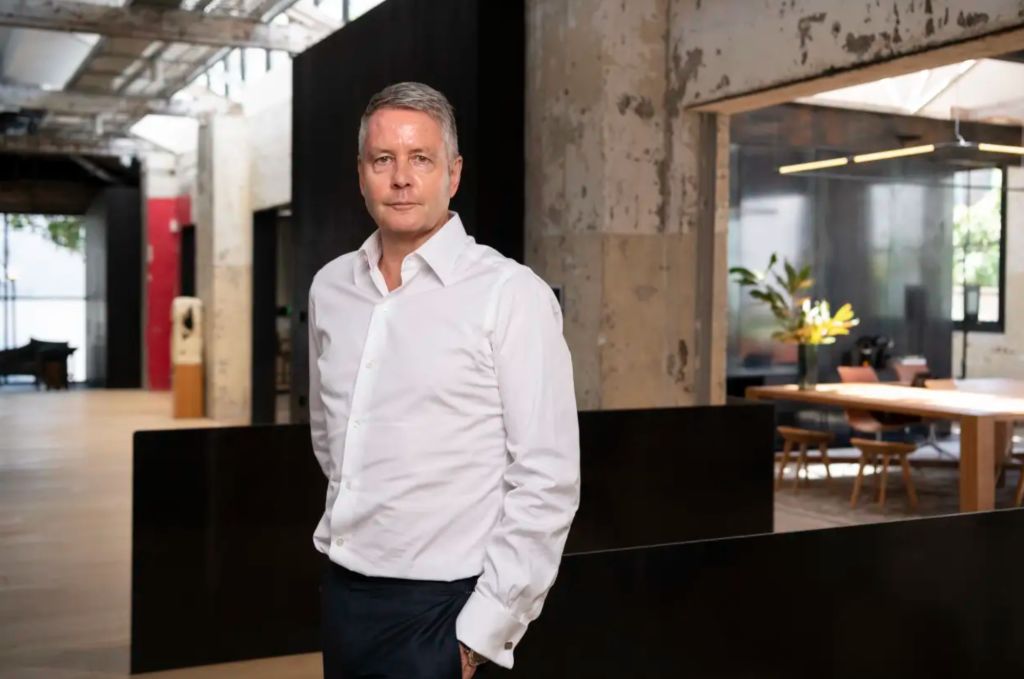
Industrial land, secondary asset values to crash: Greg Goodman
Industrial land values are heading back to pre-pandemic levels, while the value of secondary assets are also set to tumble, Goodman Group chief executive Greg Goodman warned, as the logistics giant re-affirmed its full-year earnings guidance.
Goodman’s first-quarter trading update nevertheless disappointed investors, who may have expected an early upgrade. Goodman securities fell 3 per cent on Wednesday – and have lost more than a third of their value this calendar year – despite the company reporting surging rents and 100 per cent occupancy rates across the $1.9 billion of new warehousing it completed over the quarter.
Speaking to analysts after releasing its first-quarter update, Mr Goodman revealed the group had been outbid on a number of site-buying opportunities, and by a wide margin.
“The last 12 months, there has been stupidity with regards to land prices. We’ve missed out by 30 to 40 per cent, in some cases 100 per cent [on sites we were bidding on],” he said
“But we’ve never played that game. We’re not sitting on sites wildly out of the money.”
Industrial land values have almost doubled in some parts of the country in the past year, including an 84 per cent rise in Sydney according to a Knight Frank report and similar surges occurring around the world.
While this surge has been driving to a large extent by a scarcity of zoned land and supported by rising rents, Mr Goodman said the prices paid did not add up given the rising cost of capital and its impact on returns.
“We have been measured and disciplined in our approach. We’ve only bought on margins that make sense,” he later told The Australian Financial Review.
Mr Goodman also warned capitalisation rates on secondary assets not delivering rental growth would “move out quite dramatically” implying a sharp fall in values as investors became more discerning.
“Secondary assets bought on cap rates of 4.5 per cent with no [income] growth should never have been valued at 4.5 per cent,” Mr Goodman said.
He added that anyone with a 3 per cent return in their heads was “in the wrong game”.
“It’s all about [rental] growth and cash flow.”
“Buildings in good locations with good cash flow are in the main showing improving valuations,” he said.
He added that prime assets delivering annual growth of 5 per cent “made reasonable sense” at cap rates of 4.25 to 4.5 per cent. Goodman’s total portfolio trades on a weighted average cap rate of 4.1 per cent, but its newly developed assets are delivering returns significantly higher.
Over the first quarter, Goodman’s $1.9 billion of project completions delivered yields of 8.8 per cent at 100 per cent occupancy levels while, across its entire $13.8 billion pipeline, returns on development cost are tracking at 6.4 per cent.
Despite the strong update and reaffirmed guidance of 11 per cent earnings per share (EPS) growth this financial year, Goodman securities fell 54¢ or 3 per cent on Wednesday to close at $17.11.
Some of this fall may have been due to the market expecting Goodman to upgrade earnings at the first-quarter mark, as it did last financial year (one of two earnings upgrades).
Jefferies analyst Sholto Maconochie said he expected Goodman to upgrade its earnings guidance to more than 15 per cent EPS growth at the half-year mark.
Since peaking at over $27 at the end of 2021, Goodman securities have fallen 37 per cent in value, a decline Mr Goodman said was driven by rising interest rates around the world and not out of sync with what was happening globally to its peers.
“Our job is to make money and to make sure it’s [real] cash and not fantasy land,” he said.

